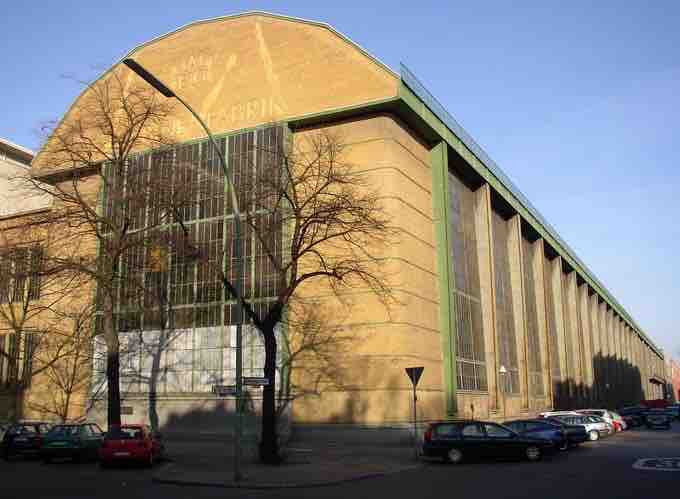A Revolution in Scale and Form
The great 19th century architect of skyscrapers, Louis Sullivan, promoted an overriding precept to architectural design: "Form follows function". While the notion that structural and aesthetic considerations should be entirely subject to functionality was met with both approval and skepticism, it had the effect of introducing the concept of "function" in place of "utility". "Function" came to be seen as encompassing all criteria of the use, perception, and enjoyment of a building, not only practical but also aesthetic, psychological and cultural.
Modern architecture is generally characterized by simplification of form and by the creation of ornament from the structure and theme of the building. It is a term applied to an overarching movement, with its exact definition and scope varying widely. In a broader sense, early modern architecture began at the turn of the 20th century with efforts to reconcile the principles underlying architectural design with rapid technological advancement and the modernization of society. It would take the form of numerous movements, schools of design, and architectural styles, some in tension to one another, and often equally defying classification.
The Industrial Revolution introduced and popularized the use of steel, plate glass, as well as mass-produced components in architecture. These new materials opened up a new world for bold structural frames, with clean lines and plain or shiny surfaces. In the early stages of modern architecture, a popular motto was "decoration is a crime. " In Eastern Europe, the Communists rejected the West's decadent ways, and modernism developed in a markedly more bureaucratic, somber and monumental fashion.
Some historians regard Modernism as a matter of taste, a reaction against eclecticism and the lavish stylistic excesses of Victorian and Edwardian architecture. Around the turn of the 20th century, a general dissatisfaction with the emphasis on revivalist architecture and elaborate decoration gave rise to many new lines of thought that served as precursors to Modern Architecture. Notable among these are the philosophies of the Deutscher Werkbund and Bauhaus School .

The AEG Turbinenfabrik ("turbine factory"), 1909, designed by Peter Behrens, illustrating the combination of industry and design.
Behrens's turbine factory reflects the absence of decorative elements typical of modern architecture.
The approach of the Modernist architects was to reduce buildings to pure forms, removing historical references and ornament in favor of functionalist details. Buildings displayed their functional and structural elements, exposing steel beams and concrete surfaces instead of hiding them behind decorative forms.